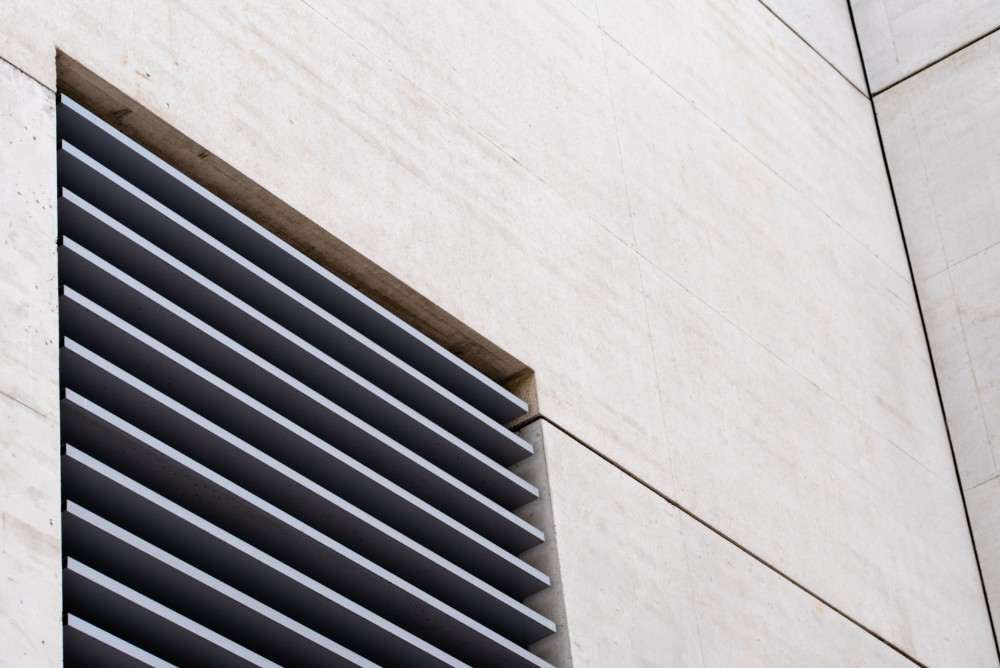New homes are focused on sealing the inside from the outside world. However, this is only a good option to a certain point. Sure, it is good to limit access into the home to bugs, dust, and other pests. But proper ventilation is what keeps a home from becoming an illness incubator. One of the ways lack of ventilation can become harmful to the health of its inhabitants is through mold growth.
A sealed home or office is susceptible to humidity control problems. Hence, moisture in the bathroom, kitchen, or any other place that water happens to be used must be ventilated. Moisture from a small home’s bathroom may build up in a nearby bedroom. Sometimes, this is great if your house is too dry, but it isn’t good to have that moisture stick around.
Mold likes stagnancy, and home without climate control is the perfect location for mold to spread. Mold also likes moisture, and moisture won’t escape if there is nowhere for it to go. It may seem counterintuitive, but the outside needs to come to the inside of your home. At least a little bit. This is very important for attics, where moisture combined with rising heat, creates the perfect environment for mold. And it is important for all areas of the home, as moisture can happen for many different reasons.
5 Ways to Ensure Proper Ventilation
1. Bathroom Fan
A bathroom fan is essential to reduce moisture from the steam in the bathroom from warm showers and baths. Also, bathrooms have moisture from sinks and toilets too. A good bathroom fan will vent to the outside, not to the attic. Because it will let moisture escape to the outside and prevent conditions conducive to mold.
2. Seal the Rest of the Area
New homes being sealed is not a bad thing as long as there is proper ventilation. In fact, areas not responsible for ventilation should be sealed, so ventilation works optimally.
3. Kitchen Fan
Like bathroom fans, kitchen fans should be vented to the outdoors. This means the hood above your stove should be connected to a vent outside. Sometimes, hoods have a simple fan that is not vented to anything, which defeats the purpose.
4. Crawl Space Vents
Your crawl space is a place that will attract a lot of moisture if not ventilated. Especially if you don’t have a cement slab foundation. Make sure it is vented. Because this space is not one that is often checked for moisture. Until a build-up of mold has already taken hold.
5. Attic Vents
Those attic vents in the gables of your home, or below the peaks of your roof. They are actually doing quite a bit to eliminate mold via ventilation. If you don’t have gable vents, make sure your attic has a suitable alternative.
